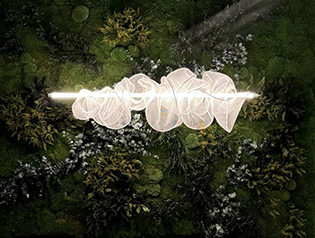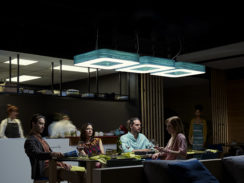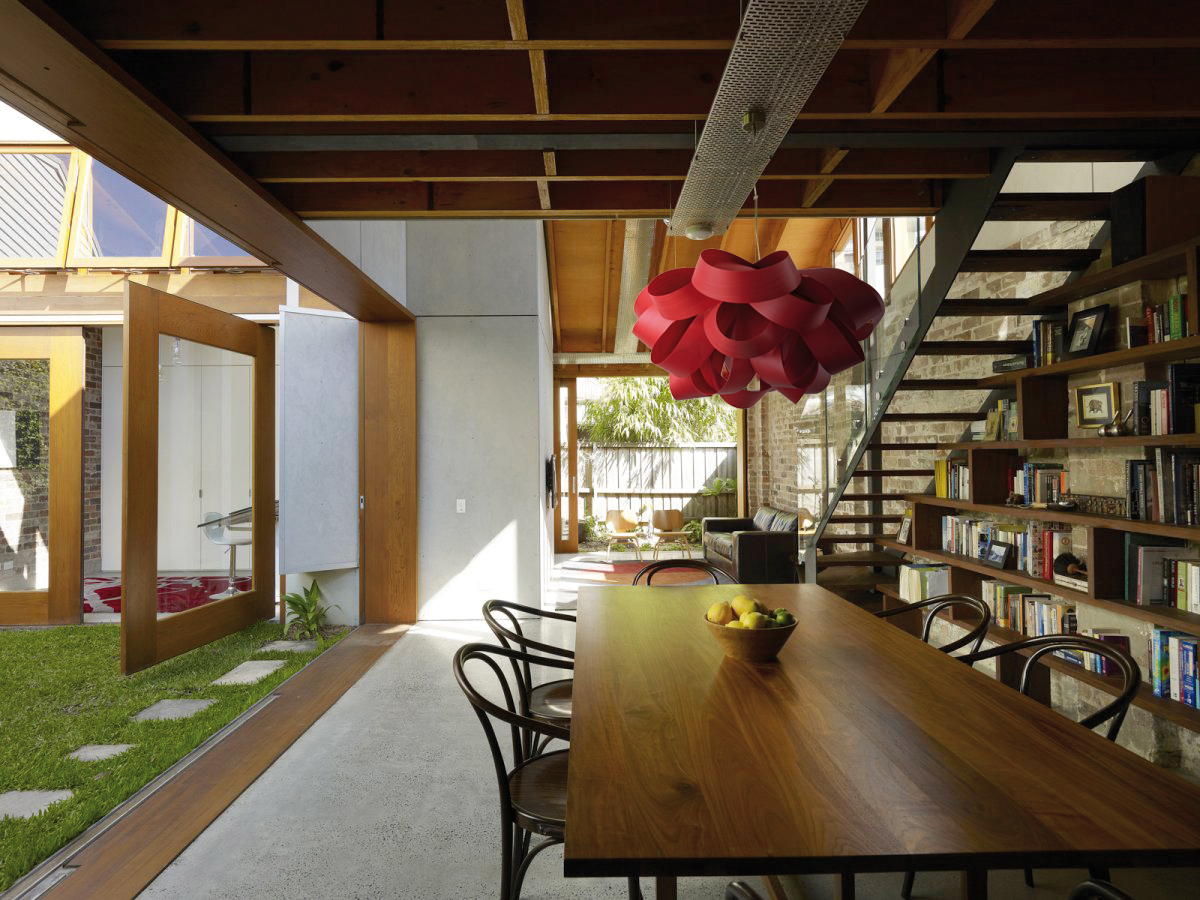At this year’s London Design Festival, one of the biggest topics was sustainability and mental health. The result of that was a strong connection to biophilic design, which in short aims to strengthen the inherent connection between humans and nature through design to enhance well-being and quality of living.
In contrast to our ancestors who lived very much alongside nature, many of us now live in over-developed urban areas where access to green space is limited; this in turn affects our day to day mood and ability to function. If you’ve ever sat in a room with stuffy air con and no windows, you’ll know what I’m talking about.
The benefits of biophilic design are already being seen in workplace environments, so how can we use it to enhance our connection with nature at home?
Houseplants
I talk all the time about houseplants and how caring for them can become a daily exercise in mindfulness. In my opinion, this is the indoor equivalent of Japanese forest bathing for its restorative qualities. Plants are instantly calming, bringing life to an otherwise cold space and many varieties have the ability to purify the toxins in the air – try Snake Plant, Aloe and Boston Fern. Choose the right plant for the right place to give it a fighting chance and just see how much it’ll improve your mood.

Organic Shape and Materials
One of the core foundations of biophilic design is the use of natural materials and organic shapes. From cotton to linen, sisal, bamboo and terracotta, it’s easy to understand how furniture made from the oldest natural materials can leave us feeling calmer. In their rawest state, their tactile qualities helps us to feel connected to their origins.
A prime example of this is wood, known to reduce stress, it can be transformed into infinite combinations of finishes, shapes and treatments depending on the species.
We use it on our floors and come together around it with our families at dinner. It has the natural ability to bend and mould, echoing the shape of organic forms; something LZF know all too well in working with their FSC veneers. The beauty of using veneer is that it softly diffuses the light, showing the grain of the wood. The tone of light changes depending on the colour of the veneer and the way that its shaped. Take a look at Dandelion and how it mimics its namesake, composed from tubular florets in varying depths which make up the flower head in its entirety.

Turn On The Light
An important aspect of biophilic design is opening out the lines of sight indoors to the outdoors. As humans, we need to have visual connections outside, though this can be somewhat difficult to achieve in traditional homes where windows are smaller.
A room bathed in natural light has positive effects on our health so utilise it as much as you can, perhaps by introducing mirrors and reflective materials. Look at your window treatments – could you change light blocking blinds to voiles that diffuse sunlight? Is there a way that you can enhance that view? Skylights are another way to open up our homes and are often a simpler, more affordable option for older builds.
We’re lucky enough to have a very draughty sunroom at the back of our house, a hastily added extension with views across the garden and up out at the sky. I can’t tell you how important this room has become to our family as a space to connect with the garden and watch it change with the seasons. A few minutes in here is an instant stress reliever. I can also see into it from my sometimes dark and shadowy workspace next door which stops me feeling enclosed.

Lime Paint – Natural, breathable colour.
I’m taking a bit of a liberty here because paint doesn’t fundamentally have anything to do with biophilic design. However, colour does. Choosing colours found in nature for your walls will have a positive impact on your wellbeing. Rich, earthy shades from rust through to dark green are a soothing antidote as well as lighter tones of beige and pink. Lime based paints are an ethical, non-toxic option which allow the walls to breathe and leave a wonderful wabi-sabi texture. I’ve started seeing plaster walls become a finished look too, with coloured varieties inspired by Japanese interiors.
As time moves forward and more of us inhabit built-up areas, the presence of biophilic design will become all the more important in our daily lives. I hope for now that I’ve given you some insight into a vast topic and have inspired you to make some small changes to improve your emotional well-being at home.













